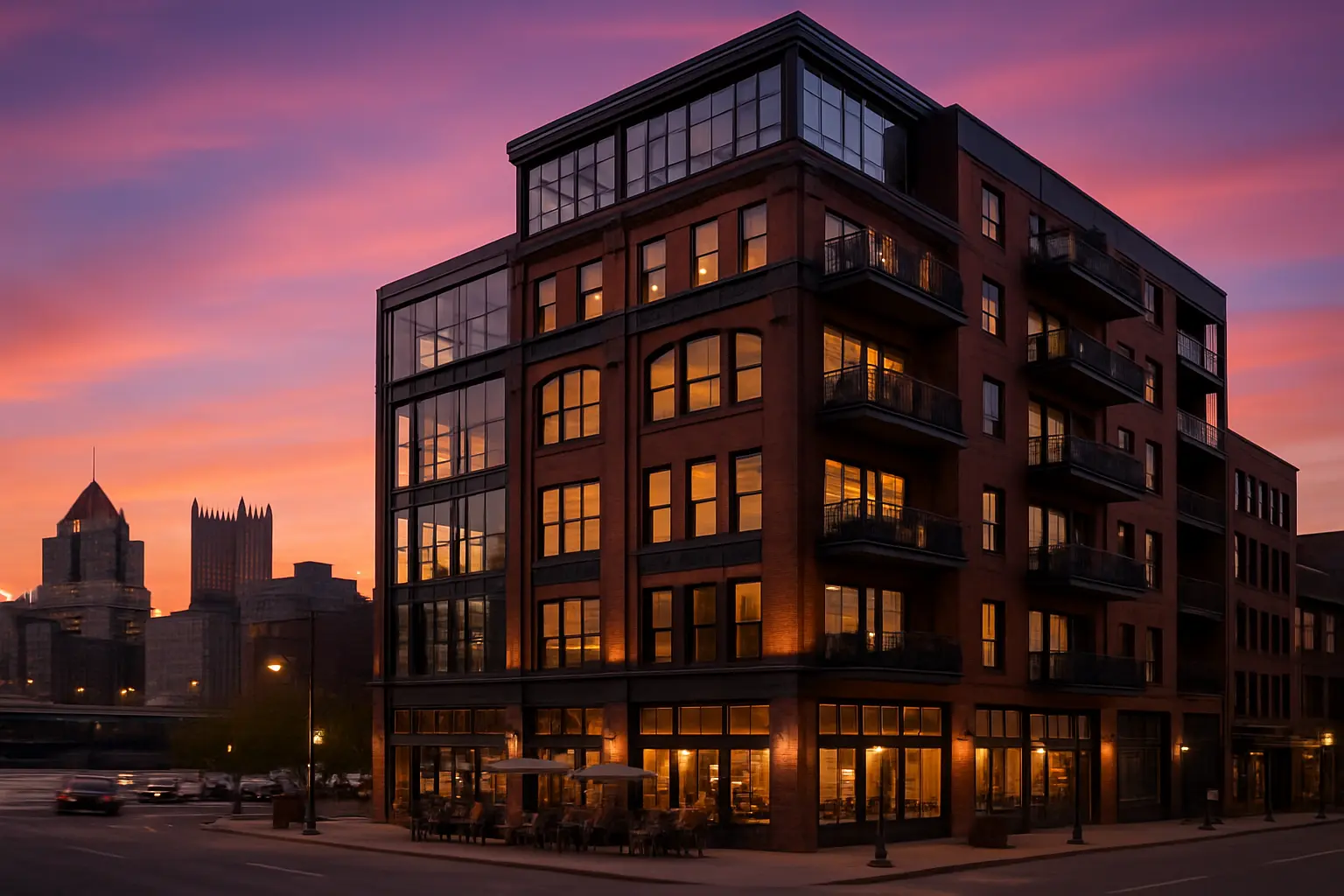The Steel City Renaissance: How Pittsburgh's Commercial Spaces Are Transforming Into Mixed-Use Marvels
Discover how innovative developers are breathing new life into Pittsburgh's historic buildings, creating dynamic live-work-play environments that are reshaping the city's real estate landscape.

Introduction
Pittsburgh, once known primarily for its industrial might, is witnessing a remarkable transformation in its commercial real estate landscape. The city's historic buildings, many of which once housed single-purpose commercial operations, are finding new life as innovative mixed-use developments that cater to the modern urban dweller's desire for integrated living and working spaces.
As the demand for versatile urban spaces continues to grow, developers are seizing the opportunity to reimagine Pittsburgh's architectural heritage, creating environments that seamlessly blend residential, commercial, and recreational elements. This adaptive reuse movement is not just preserving historic structures – it's revolutionizing how people experience the city.
The Rise of Mixed-Use Developments
Success Stories
Throughout Pittsburgh's key neighborhoods, former office buildings and warehouses are being transformed into vibrant mixed-use communities. The Terminal Building in the Strip District stands as a shining example, where industrial architecture now houses luxury apartments above artisanal food markets and tech startups.
Mixed-use developments are not just buildings; they're ecosystems that foster community, innovation, and sustainable urban living.
Community Impact
These transformations are creating ripple effects throughout local communities:
- Increased foot traffic supporting small businesses
- Enhanced neighborhood safety through 24/7 activity
- Reduced commute times for residents
- Greater social interaction and community engagement
Investment Opportunities
Market Analysis
Pittsburgh's mixed-use developments are presenting compelling investment opportunities, particularly in established business districts. Property values in areas with successful mixed-use projects have shown consistent appreciation, outperforming traditional single-use commercial properties.
Key Investment Factors
- Location Premium: Properties near public transit and cultural amenities command higher values
- Diversified Revenue: Multiple income streams from different property uses
- Market Resilience: Mixed-use properties have demonstrated stronger performance during economic fluctuations
- Tax Incentives: Available for historic preservation and sustainable development
Conclusion
The future of Pittsburgh's real estate market is increasingly tied to mixed-use developments. These projects represent more than just a trend – they're a fundamental shift in how urban spaces are utilized and experienced. For investors, the opportunity lies in being part of this transformation while contributing to the city's sustainable growth.
As Pittsburgh continues to evolve, mixed-use developments are proving to be catalysts for neighborhood revitalization, creating vibrant, walkable communities that attract both residents and businesses. This renaissance is not just changing the city's skyline – it's creating a more dynamic, sustainable, and livable urban environment for future generations.


